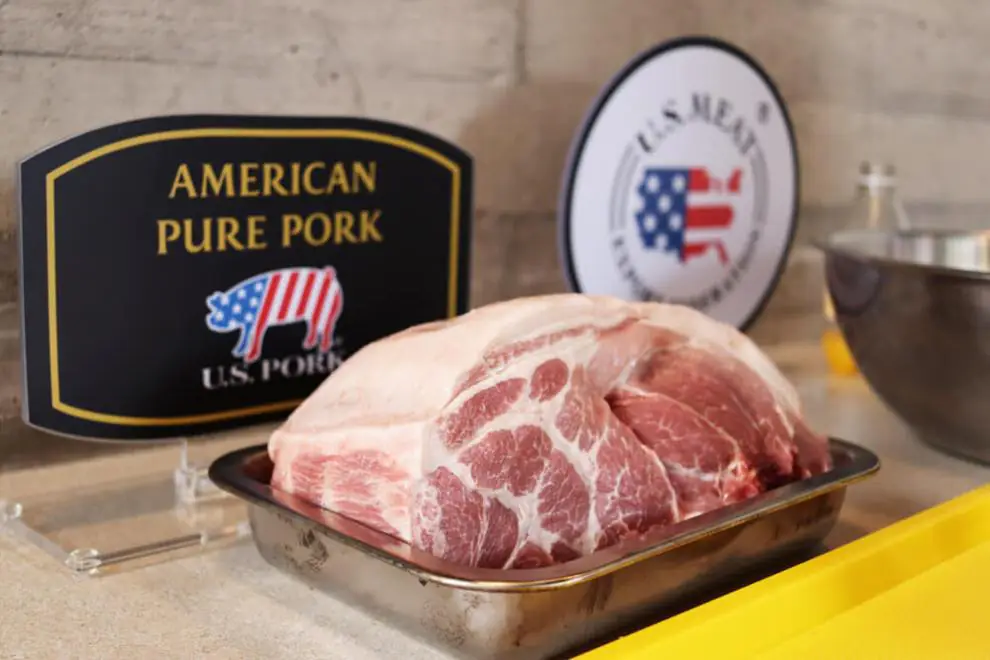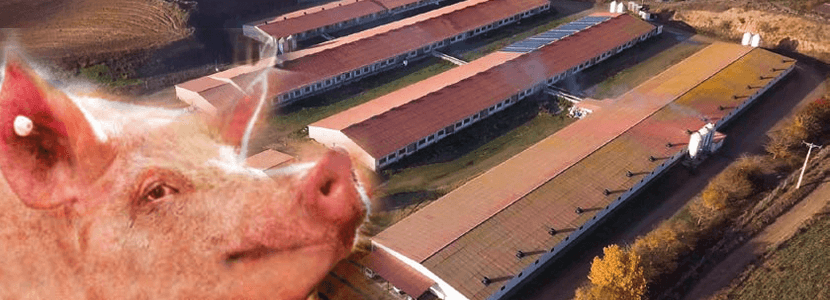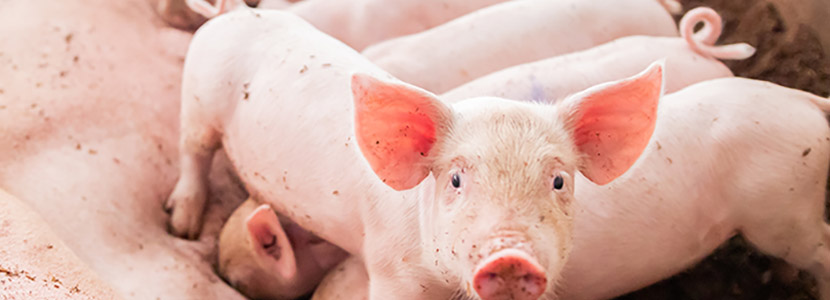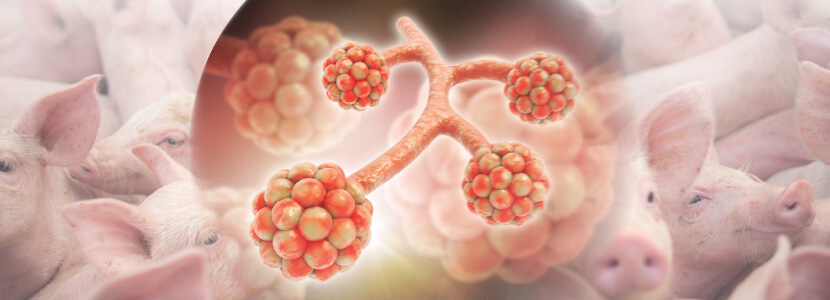Data from the National Pork Producers Council show US pork exports to Malaysia hit record levels of over USD 24.5 million in 2024.

Malaysia, Vietnam, Thailand, and Cambodia have has agreed to eliminate tariffs and non-tariff barriers on US agricultural goods, including pork. The agreement was announced during US President Donald Trump’s recent visit to the US–Southeast Asia summit in Kuala Lumpur.
NPPC welcomes Malaysia deal as economic opportunity
The National Pork Producers Council (NPPC) praised the deal with Malaysia, calling it an opportunity with “enormous economic potential” for US pork producers. NPPC represents over 60,000 American pork producers who follow ethical standards in animal care, environmental protection, and food safety.
“America’s pork producers are grateful to President Trump for increasing market access to Malaysia,” said NPPC President Duane Stateler. “Malaysia has been importing US pork despite limited plant eligibility, and this deal expands that access.”
Mr Stateler emphasized the importance of exports, noting that more than 25% of US pork production is sold overseas.
“Producers count on exports to help keep their farms afloat, especially in times of uncertainty,” he said.
Expanded access and regulatory clarity
NPPC outlined key provisions of the Malaysia agreement. All US facilities listed in the Food Safety and Inspection Service (FSIS) directory will be eligible to export pork. Malaysia will not require additional product or facility registration, and it will accept the standard FSIS export certificate.
Cambodia has agreed to identical terms in a separate deal. Malaysia also committed to recognizing the US protection zone for African swine fever within 15 months and completing a regionalization agreement.
Growth in Malaysia pork exports
NPPC noted that US pork exports to Malaysia reached over USD 24.5 million in 2024. This is a remarkable figure, considering only eight US plants are currently eligible to export. Over the past five years, exports to Malaysia have surged by more than 1700%.
The group stressed the need for long-term certainty and stable trade relationships.
“American pork producers need stability—now as much as ever,” it said. “We will continue to engage with the administration and international partners to maintain and open new market access for US pork.”
Subscribe now to the technical pig magazine
AUTHORS

Bifet Gracia Farm & Nedap – Automated feeding in swine nurseries

The importance of Water on pig farms
Fernando Laguna Arán
Microbiota & Intestinal Barrier Integrity – Keys to Piglet Health
Alberto Morillo Alujas
Impact of Reducing Antibiotic use, the Dutch experience
Ron Bergevoet
The keys to successful Lactation in hyperprolific sows
Mercedes Sebastián Lafuente
Addressing the challenge of Management in Transition
Víctor Fernández Segundo
Dealing with the rise of Swine Dysentery
Roberto M. C. Guedes
Actinobacillus pleuropneumoniae – What are we dealing with?
Marcelo Gottschalk
The new era of Animal Welfare in Pig Production – Are we ready?
Antonio Velarde
Gut health in piglets – What can we do to measure and improve it?
Alberto Morillo Alujas
Interview with Cristina Massot – Animal Health in Europe after April 2021
Cristina Massot
Differential diagnosis of respiratory processes in pigs
Desirée Martín Jurado Gema Chacón Pérez